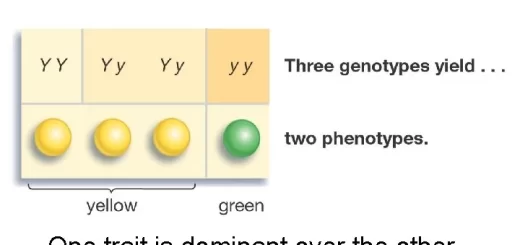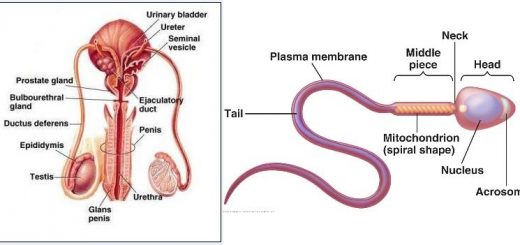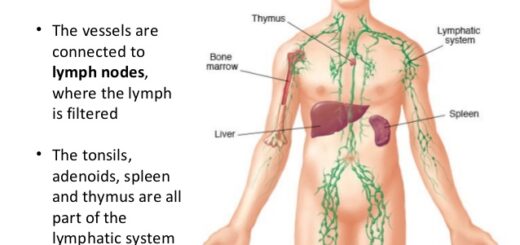Types of movement in living organisms and Movement in plant
Movement is a phenomenon that characterizes all living organisms and it arises by itself, as a result of the exposure of the living organism to a stimulus, therefore the living organism may respond positively or negatively and in both cases, the response occurs by movement.
Types of movement in living organisms
- Continuous movement: occurs inside each cell of the living organism cells for the continuity of its vital activities, such as cytoplasmic streaming.
- Positional movement: occurs in some organs of the living organism, such as peristalsis movement in the intestines of vertebrates.
- Total movement: By which the living organism can move from one place to another to search for food or a mate or to avoid some dangers, It leads to the spread of the animal in nature and as the means of movement was strong and fast, the circle of animal spread increases.
Conditions of movement and keeping the balance in living organisms
- The animal must possess solid support (skeleton) to which the muscles are attached to enable the animal to move and keep its balance.
- The skeleton must consist of segments that are attached to each other by joints to facilitate movement.
The skeleton may be:
- External as in arthropods.
- Internal as in vertebrates that may be cartilaginous as in cartilaginous fishes (shark and ray fish), Bony as in bony fishes (mullet and tilapia fish).
Movement in plant
The types of movement differ in the plant according to the type of stimuli, including:
Touch movement
When the leaflets of the Mimosa plant are touched, they collapse in a successive order and followed by the petioles, as if they wilt.
Sleeping and awake movement
As in Mimosa plant and some leguminous, where: The leaflets approach from each other during darkness which indicates a sleeping movement, the leaflets get away from each other during daylight which indicates an awake movement.
Tropism
As in all plants, where the different parts of the plant respond to different stimuli such as light, humidity & gravity.
Haptotropism (Pulling movement)
Pulling movement in the tendrils of climbing plants (as in peas)
It occurs by the tendrils and needs solid support (object), where:
- The tendril raises itself in the air to make contact with a solid object.
- It immediately twines closely around the object for a few turns in a spiral form.
- Its length decreases, and so that the plant stem approaches towards the support and grows vertically.
- The tendril becomes thickened after the erection of the stem vertically, due to the lay down of a considerable amount of the mechanical tissues by the formation of supporting tissue and it becomes stronger.
If the tendril does not meet support during its twining movement, it wilts and dies, The twining of the tendril around the support, due to the slow growth of the side that is in contact with the support, the accelerated growth of the tendril side that is away from the support.
Pulling movement in roots of corms and bulbs
It occurs by the pulling roots, where: The corm or bulb roots contract (shrink), then the plant is pulled downwards, The corm or bulb is pulled downwards to a suitable level in the soil.
Importance of this movement: The subterranean storing stem (corm or bulb) always remains at a suitable distance from the soil surface by the help of these pulling roots which increases its support and protects its aerial parts against the effect of the wind.
Cytoplasmic streaming
One of the main characteristics of the living cytoplasm is its continuous rotation inside the cell, This movement is shown when examining Elodea leaf cells (aquatic plant) under the high power of the microscope, where we can observe the following:
- The inner wall of the cell is lined by a thin layer of cytoplasm.
- The cytoplasm is streaming in a continuous rotational movement in one direction inside the cell.
- This movement is indicated by the movement of chloroplasts that are embedded in the cytoplasm.
Sensitivity in plants (Tropism types, response to touch and darkness)
Muscular system, Structure of skeletal muscle, Muscles properties & functions



